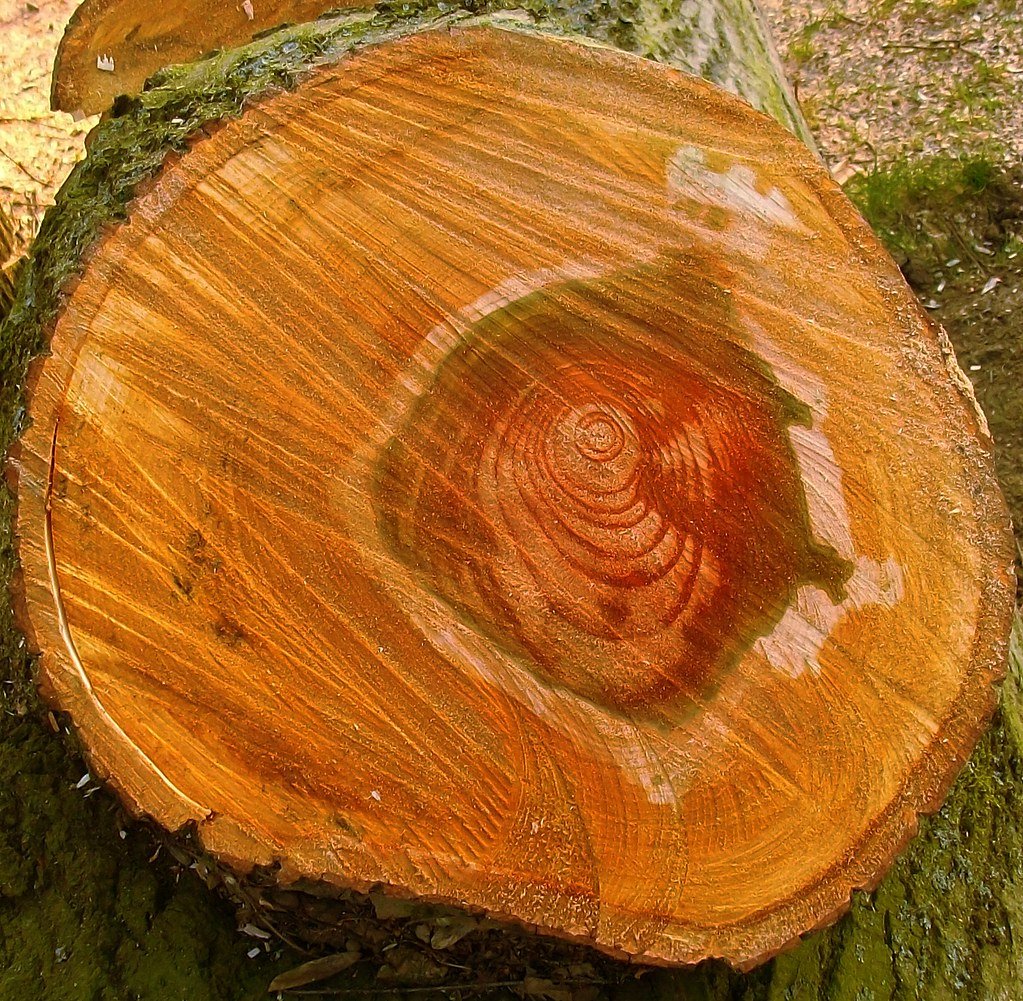Hidden within the growth rings of ancient trees lies evidence of one of the most powerful solar storms in human history. You might walk past these silent witnesses every day, never realizing they hold secrets of cosmic events that once lit up medieval skies and could wreak havoc on our modern world.
Scientists have discovered that tree rings act as nature’s archive, capturing spikes in radioactive particles that tell stories of extreme solar activity. The storm of AD 774 wasn’t just a pretty light show – it was a massive bombardment of energetic particles that would have been visible across the globe, creating auroras far beyond their usual polar boundaries.
The Discovery That Changed Everything
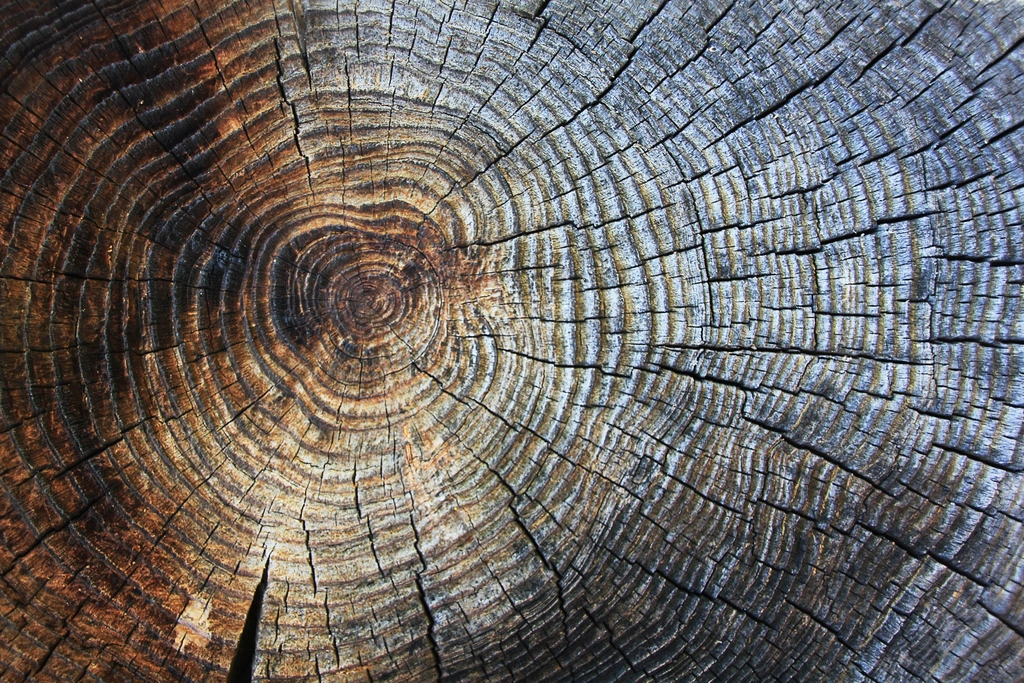
In 2012, physicist Fusa Miyake of Nagoya University in Japan was studying Japanese cedar tree rings when she found a sharp spike in radiocarbon in rings dating to about A.D. 774. This discovery wasn’t just another scientific footnote. It opened a completely new window into understanding extreme space weather events that had been hidden for over a millennium.
Between 774–775 AD, she noted a 1.2 percent jump in carbon-14 that suggested an event twenty times larger than ordinary cosmic phenomena. The spike was so pronounced that it demanded explanation, leading researchers around the world to examine their own collections of ancient wood. What they found confirmed something extraordinary had happened in the 8th century.
How Trees Become Cosmic Detectors
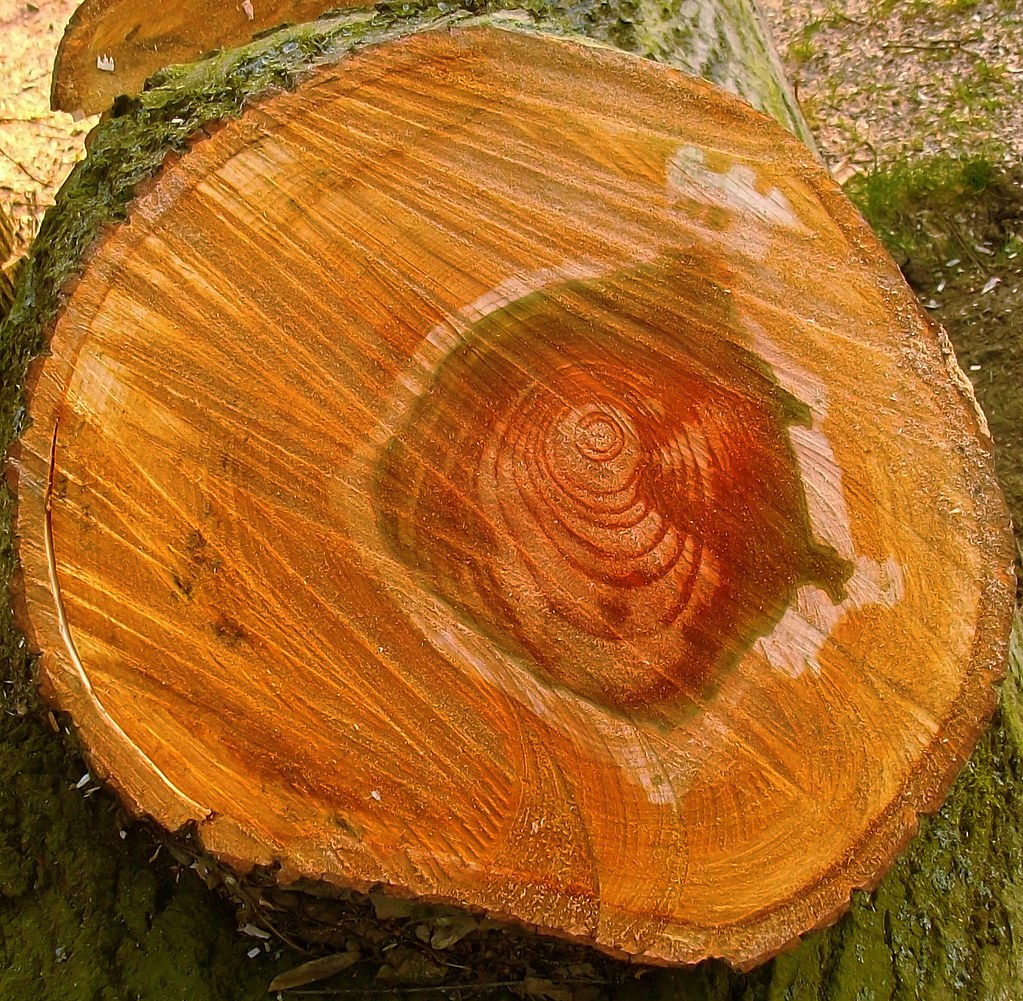
Think of tree rings as natural Geiger counters, silently recording the radiation environment year after year. Radiocarbon (14C) is produced in the Earth’s stratosphere/troposphere mostly by thermal neutrons captured by nitrogen nuclei. Thermal neutrons are produced by nuclear reactions of high-energy cosmic rays, originating mainly from galactic sources, or to a smaller extent, from the Sun. 14C oxidizes to CO2, and tropospheric CO2 is eventually stored in tree rings through CO2 fixation by photosynthesis during growing season.
When a massive solar storm hits Earth, it floods our atmosphere with high-energy particles that dramatically increase the production of radiocarbon. Trees, through their normal photosynthesis process, incorporate this radioactive carbon into their annual growth rings. Rapid events producing 14C are eventually reflected in tropospheric or tree-ring 14C measurements as peaks with an abrupt increase and a long decrease of dozens of years caused by the exchange of 14C between the atmosphere and Earth’s carbon reservoirs.
Each ring becomes a time capsule, preserving the chemical signature of that year’s atmospheric conditions. Scientists can slice these rings paper-thin and measure their radiocarbon content with extraordinary precision.
Confirming the Solar Origin

Here, we show that the event was most likely caused by the Sun and occurred during the spring of AD 774. Particularly, the event intensities from various locations show a strong correlation with the latitude, demonstrating a particle-induced 14C poleward increase, in accord with the solar origin of the event. This wasn’t some random cosmic accident – the fingerprint pointed directly at our own star.
Other researchers confirmed Miyake’s findings with European and North American trees. Scientists found a similar signal in beryllium isotopes present in Antarctic ice cores. The collective findings provided abundant evidence that the event in question was a global, rather than a local, phenomenon. The storm had hit the entire planet simultaneously, leaving its mark in organic matter from Japan to North America to the Antarctic ice sheets.
The geographic pattern of intensity was particularly telling – the closer to the magnetic poles, the stronger the signal. This is exactly what you’d expect from a massive solar particle event, where Earth’s magnetic field funnels the charged particles toward the polar regions.
The Scale of Medieval Destruction

This newly-identified 14,300-year-old storm is, however, the largest that has ever been found — roughly twice the size of these two. However, the Miyake Events (including the newly discovered 14,300-yr-old storm) would have been a staggering entire order-of-magnitude greater in size. To put this in perspective, the AD 774 event was massive even by extreme standards.
The solar storm measured in the tree rings is thought to be at least 10 times stronger than the Carrington Event, making it one of a class of extreme solar storms known as Miyake Events. The Carrington Event of 1859 was the most powerful geomagnetic storm in recorded history, yet it pales in comparison to what happened in AD 774.
Medieval chroniclers might have recorded unusual aurora displays or strange atmospheric phenomena, though connecting these to the tree ring evidence remains challenging. What’s certain is that this storm would have created spectacular auroral displays visible far from the polar regions, potentially confusing and frightening populations across Europe and Asia.
When Lightning Struck the Telegraph Age
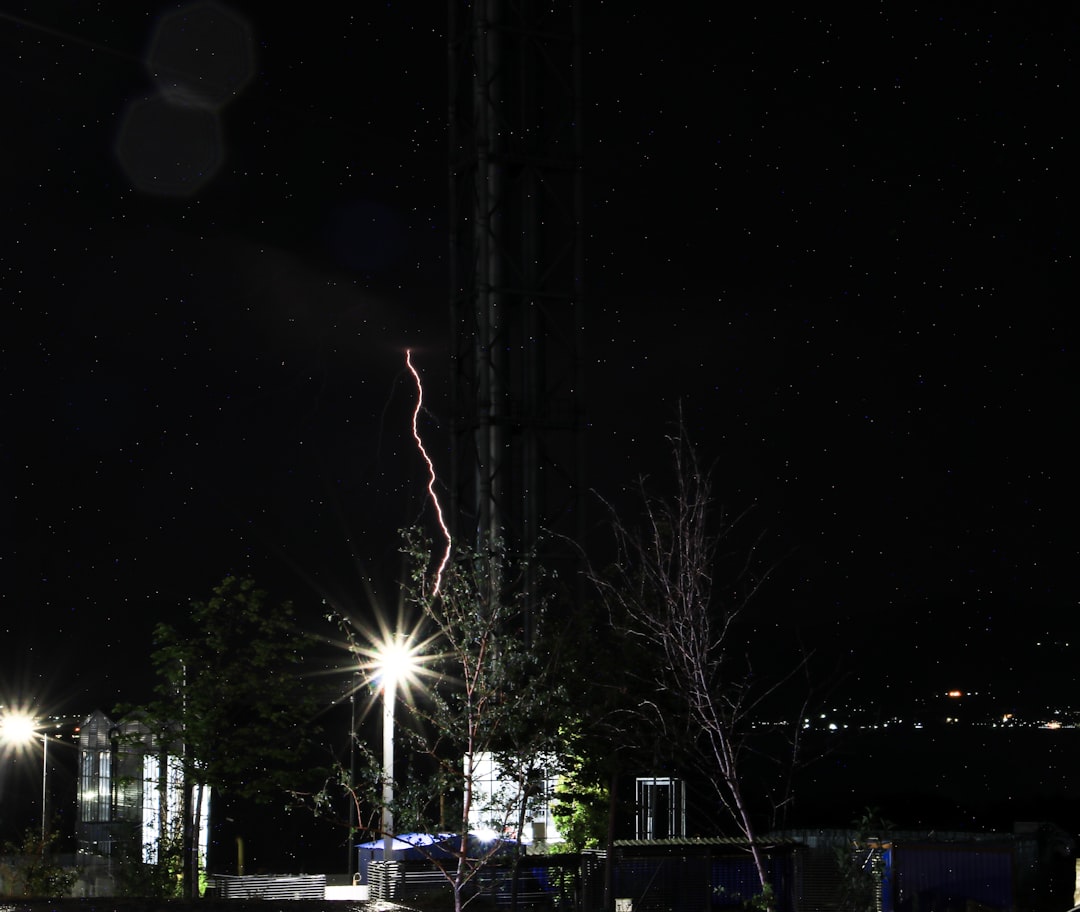
To understand what the AD 774 storm might do today, look at what happened during the much smaller Carrington Event. Because of the geomagnetically induced current from the electromagnetic field, telegraph systems all over Europe and North America failed, in some cases giving their operators electric shocks. Telegraph pylons threw sparks.
That night, telegraph communications around the world began to fail; there were reports of sparks showering from telegraph machines, shocking operators and setting papers ablaze. Operators received electric shocks from their equipment and spark discharges set fire to paper in telegraph receivers. Some operators reported being able to send messages using only the induced electrical currents from the storm itself, with their normal power sources disconnected.
Boston: “Mine is disconnected, and we are working with the auroral current. How do you receive my writing?” Portland: “Better than with our batteries on. This remarkable conversation between telegraph operators shows just how powerful the electromagnetic effects were during the 1859 storm.
Modern Technology Under Siege

Your smartphone, GPS navigation, and internet connection all depend on technologies that didn’t exist in 1859. A Carrington-level event today would be catastrophic, but an AD 774-scale storm would be potentially civilization-threatening. NOAA’s warning of extreme space weather suggests the storm could trigger numerous effects for life on earth, possibly affecting the power grid as well as satellite and high frequency radio communications.
Geomagnetic storms can induce currents in the electric power grid, damaging transformers and other components. These disturbances can cause widespread outages, equipment failure, and long-term disruptions to power distribution. The interconnected nature of modern electrical grids means that failures can cascade rapidly across vast regions.
In 2022, Elon Musk’s private aerospace company, SpaceX, lost 40 Starlink satellites to a geomagnetic storm, a day after the satellites’ launch. Despite putting the satellites into safe mode, enabling them to fly edge-on to minimize the drag, the storm instilled damage. That was from a relatively minor storm – imagine the devastation from an AD 774-level event.
The Satellite Apocalypse Scenario
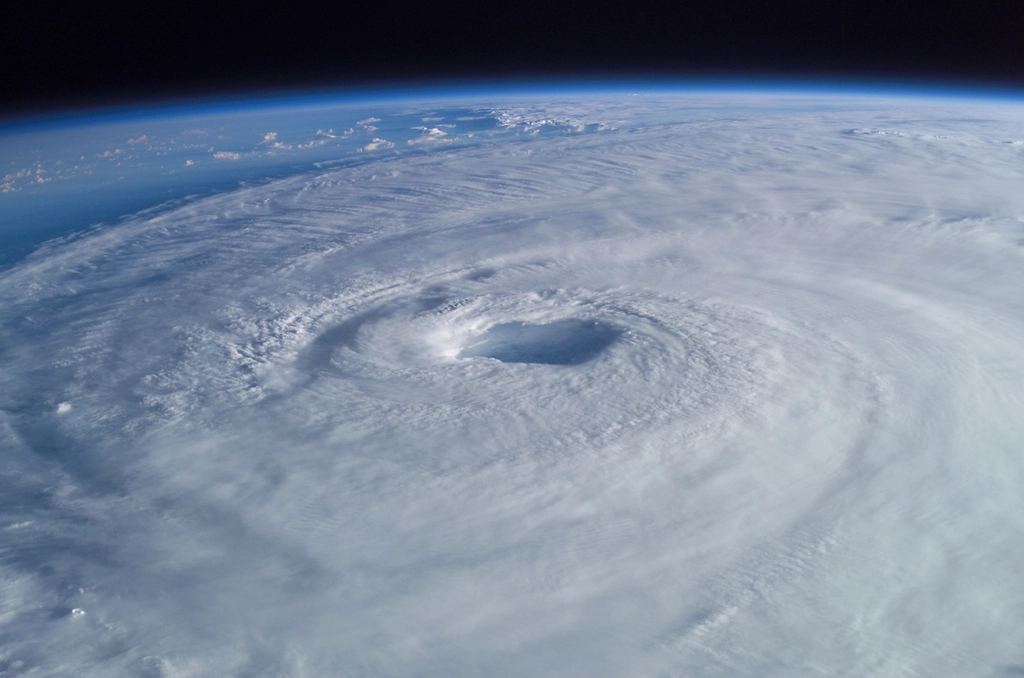
Next, within 20 minutes, a wave of high-energy particles would strike orbiting satellites. These particles, including protons and electrons, would damage or destroy sensitive components. Modern satellites aren’t built to withstand the particle bombardment from a super-storm like the one recorded in AD 774.
The high energy particles affect satellites causing misoperation or equipment damage that can put the satellite out of operation. Radio waves used for satellite communications or GPS navigation are affected by the increased ionization with disruption of the communication or navigation systems.
Solar activity can distort or interrupt GPS signals, affecting navigation systems used in shipping, the space industry, military operations, consumer applications like drones and autonomous vehicles, precision agriculture, resource extraction activities such as oil and gas prospecting and drilling, and more. The G5 geomagnetic storm in May 2024, caused a GPS outage during a crucial planting period, costing American farmers over $500 million in potential profit. A storm ten times more powerful would multiply these losses catastrophically.
The Economic Reckoning
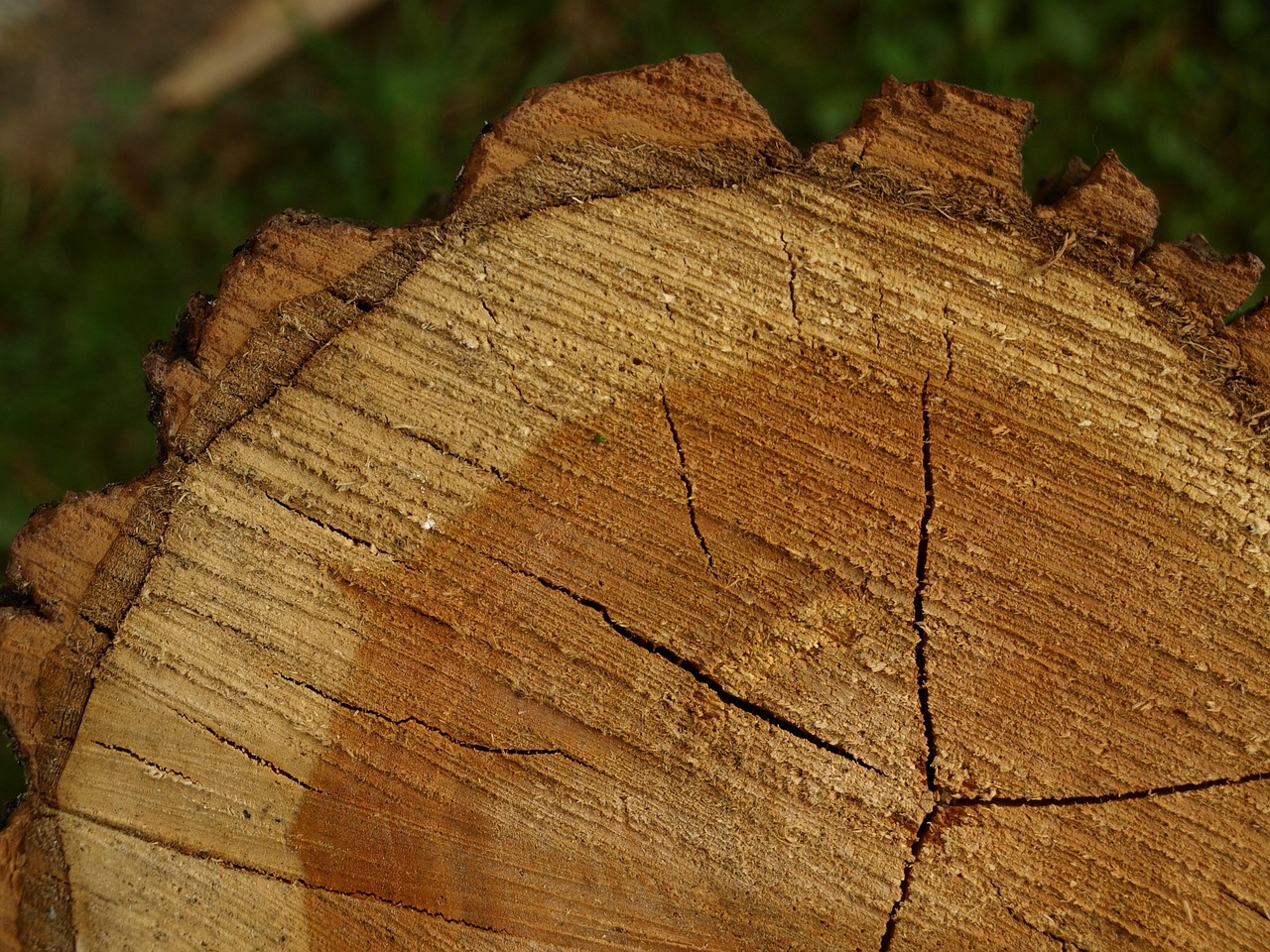
Ice core samples have determined that the Carrington Event was twice as big as any other solar storm in the last 500 years. According to a 2008 report from the National Academy of Sciences, it could cause “extensive social and economic disruptions” due to its impact on power grids, satellite communications and GPS systems. Between $1 trillion and $2 trillion.
That’s the estimate for a Carrington-level event, which is roughly one-tenth the strength of the AD 774 storm. The impact of a Carrington-level storm on modern society would be far more severe than in 1859, potentially causing trillions of dollars in economic losses and disrupting global communication systems, including internet infrastructure, satellite operations, and GPS navigation. A geomagnetic storm on the scale of the Carrington Event could potentially knock out the backbone of the Internet.
Multiply those figures by ten for an AD 774-scale event, and you’re looking at economic damage that could exceed the GDP of entire nations. The recovery time wouldn’t be measured in days or weeks, but potentially months or years as critical infrastructure would need to be rebuilt rather than simply repaired.
The AD 774 solar storm stands as a stark reminder that our technological civilization exists at the mercy of our temperamental star. While we’ve learned to predict and partially prepare for these cosmic tantrums, the tree rings tell us that events far beyond our current experience have happened before and will happen again. The question isn’t if another super-storm will strike, but when – and whether we’ll be ready for nature’s ultimate stress test.
What do you think would be the most critical systems to protect in your own life? The answer might be more complex than you imagine.

